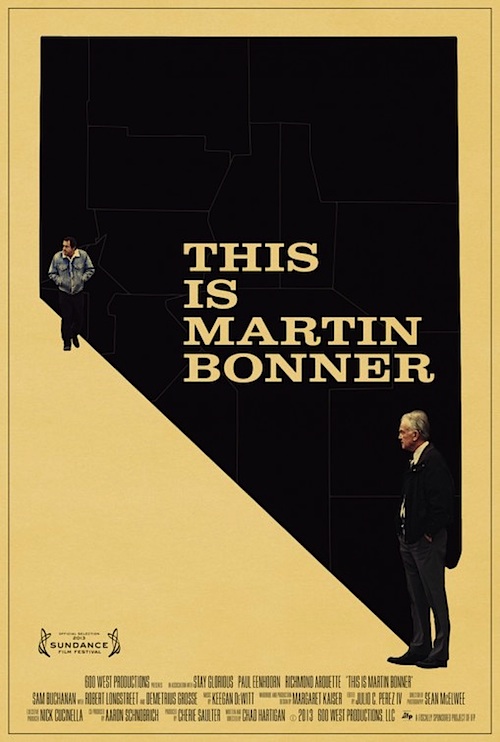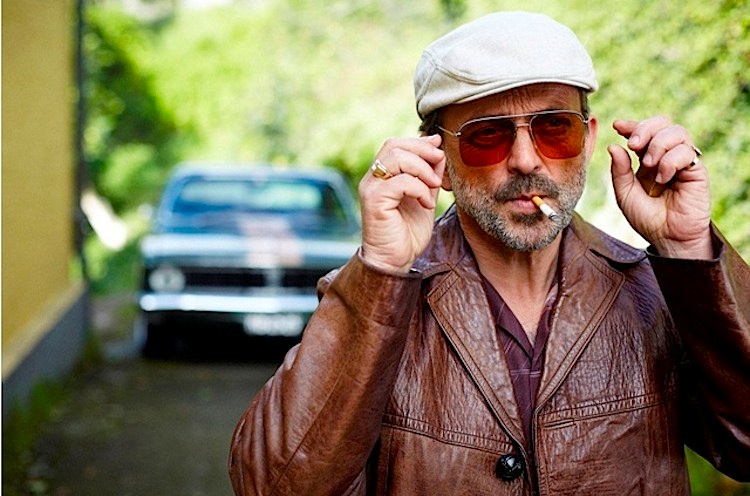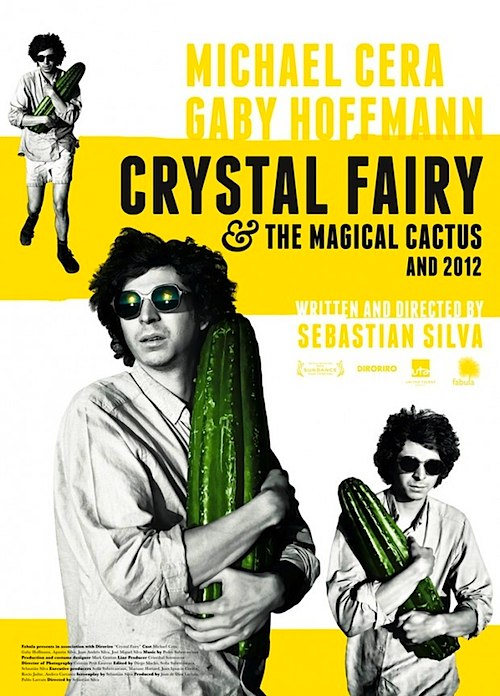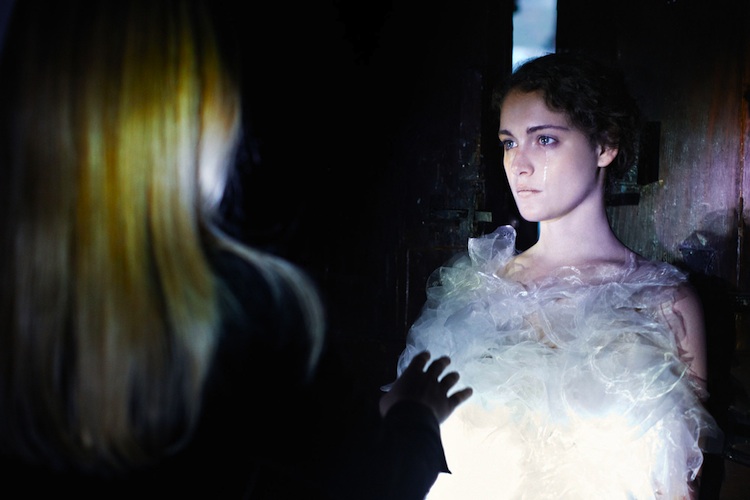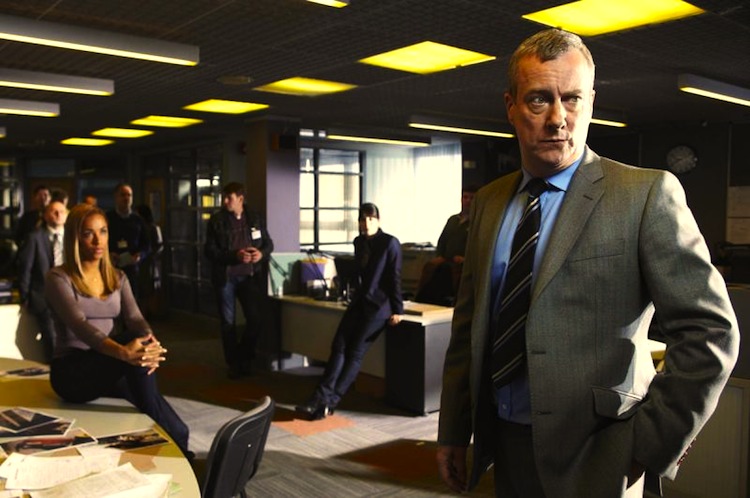By Joe Bendel. When disaster strikes, government is there to step in and help, right? In today’s China, not necessarily. When the 2008 earthquake hit Sichuan, the town of Beichuan was simply leveled to the ground. Documentary producer turned director Zhao Qi records the ironies and indignities of the city’s rebuilding process in Fallen City, which screens during the 2013 Sundance Film Festival in Park City.
Once a community of 20,000 strong, the survivors of Beichuan now live in crude temporary housing as they await the shiny new city the state media breathlessly promises them. Each and every one of them grieves for multiple family members. Especially heartrending are the Pengs, who mourn their eleven year old daughter. Watching the inconsolable father pore over her drawings salvaged from their flat like holy relics is truly painful. They are not alone in their agony. The audience also sees in clear terms how the teenaged Hong’s behavioral issues are directly related to the loss of his father.
 To add insult to injury, when the citizens of Beichuan seek traditional solace on the anniversary of the quake, the police physically prevent them from entering the “old city,” thereby undermining their attempts at closure through ritual. In fact, the disconnect between officialdom – as expressed by Orwellian newscasts – and reality is a theme running throughout Fallen.
To add insult to injury, when the citizens of Beichuan seek traditional solace on the anniversary of the quake, the police physically prevent them from entering the “old city,” thereby undermining their attempts at closure through ritual. In fact, the disconnect between officialdom – as expressed by Orwellian newscasts – and reality is a theme running throughout Fallen.
In several ways, Fallen lets the government off the hook, scrupulously avoiding discussion of the so-called “Tofu Construction” causing the disproportionate collapse of school buildings, or the Party’s concerted efforts to prevent the release of an accurate death toll. Yet, the facts on the ground Zhao captures through his lens are impossible to miss. We see the media hypocrisy, institutionalized economic inequalities, and corrupt criminal justice system up close and personal.
Constantly documenting events since the 2008 disaster, Fallen represents a work of true documentary commitment from Zhao. Even those who think they have been de-sensitized by images of Hurricanes Katrina and Sandy will be staggered by the ghostly sight of old Beichuan. Nonetheless, it is the pictures and video of the children (negligently) killed during the quake that will really hit audiences in the gut. Powerful and profoundly troubling, Fallen City is highly recommended when it screens again this Monday (1/21), Wednesday (1/23), Friday (1/25), and next Saturday in Park City, as well as this Thursday (1/24) in Salt Lake as a World Cinema Documentary Competition selection of the 2013 Sundance Film Festival.
LFM GRADE: A-
Posted on January 19th, 2012 at 5:10pm.

